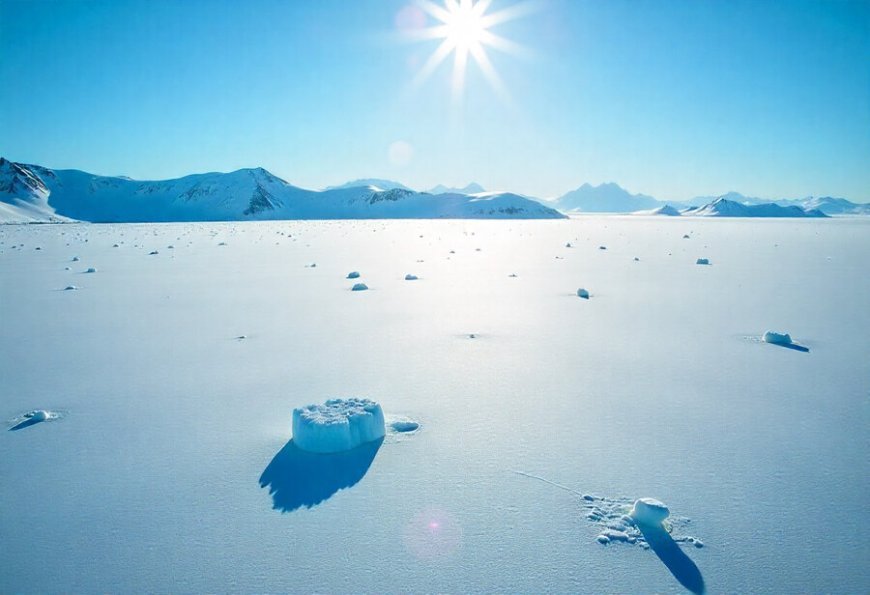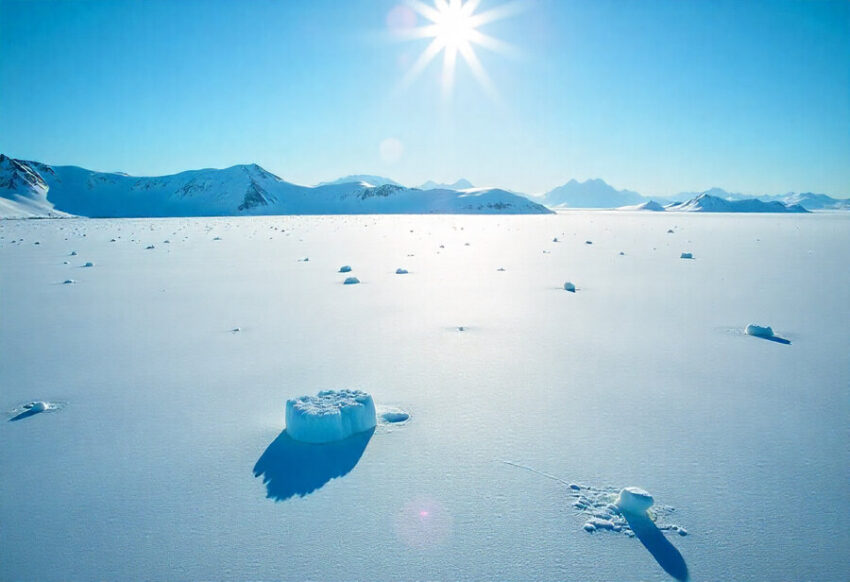Argentina, Australia, Chile, New Zealand, South Africa Caution U.S. Tourists About Antarctica’s Remote Dangers


Countries such as Argentina, Australia, Chile, New Zealand, and South Africa are warning US citizens about the risks of traveling to Antarctica. As the countries closest to the continent’s diplomatic missions, they are already alerting travelers to the extreme ecological difficulties that they could encounter. Because of Antarctica’s severe and unpredictable weather, along with the remote cities of the world, the continent receives no emergency services. Any consular aid would be unavailable to the continent, meaning that any emergency would be impossible to respond to. These warnings focus on the need for travelers to the last rugged wilderness of the earth to have comprehensive and professional travel guidance coupled with complete insurance.
Antarctica is issued with multinational research stations, courtesy of the Antarctic Treaty System, which oversees the continent’s governance. Unlike other regions, Antarctica has no embassies or consulates. This means that travelers will have a difficult time accessing consular assistance. For American citizens, the nearest consular offices are in Argentina, Australia, Chile, New Zealand, and South Africa.
Antarctica has gained tremendous popularity as a hotspot for adventurers and outdoor enthusiasts. It has now become a primary stop for several cruise lines, catering to tourists who wish to behold its unspoiled scenery, rich biodiversity, and distinct geographical features. Based on this demand, cruise companies like Viking Cruises, Quark Expeditions, Lindblad, Silversea, and Norwegian Cruise Line provide tourists with an opportunity to witness the extraordinary beauty of Antarctica. Nevertheless, cruises to Antarctica face strict regulations from the International Association of Antarctic Tour Operators (IAATO).
Per IAATO rules, ships with a passenger capacity exceeding 500 are barred from landing on the continent, which forces these larger ships to “cruise only” journeys. This regulation is aimed at mitigating the environmental burden of tourism, which is a necessary step to safeguard Antarctica’s fragile ecosystem. Though these journeys do not permit excursions to land, they still provide awe-inspiring vistas of the continent’s wildlife and scenery. Smaller cruises are permitted to dock with fewer than 500 passengers, and these provide travelers the opportunity to witness the exceptional landscape of Antarctica in person.
Cruises to Antarctica are only available in the southern hemisphere summer, between November and March, when the temperatures are more agreeable. In the 2024/2025 season, the continent welcomed more than 80,000 visitors, with an additional 36,769 participating in cruise-only activities. These figures illustrate that adventure seekers are still eager to take on the challenge of exploring one of the most remote and untouched places on the planet. Visiting Antarctica is, for the most part, a one-off opportunity to see stunning wildlife, including penguins, seals, and whales, and partake in activities such as skiing, hiking, and camping on the ice.
The U.S. Department of State emphasizes the preparation needed prior to traveling to the continent, and the stunning natural features of the region do not serve as an excuse to ignore planning. Seeking out a certified guide or tour operator, especially one from IAATO, is highly recommended for a safe and responsible visit. For private expedition planners, the Department of State warns the need for self-sufficiency and emergency medical evacuation insurance. Such policies are vital given the region’s remote location, which can pose significant challenges in emergency scenarios.
The Department also suggests that travelers enroll in the Smart Traveler Enrollment Program (STEP) as it provides important travel notifications and assists the U.S. government in monitoring the movement of American citizens overseas. Through STEP, travelers can receive risk and disruption alerts as and when they occur. This helps travelers prepare for both expected and unexpected situations.
The State Department revises travel advisories regularly so that U.S. citizens have access to the most recent information. These advisories are sorted into four levels: Level 1, advising travelers to “exercise normal precautions”; Level 2, “exercise caution”; Level 3, “reconsider travel”; and Level 4, which states “do not travel to the specified area.” Currently, there is a Level 2 advisory for Antarctica, which brings attention to the continent’s harsh challenges, including extreme weather and a complete absence of essential services.
As previously mentioned, Antarctica remains a place of interest for a large number of travelers. However, the U.S. Department of State continues to encourage American tourists to exercise caution due to environmental hazards and the intricacies of traveling to such a far, remote place. Visitors can, with proper risk management, travel to safely and enjoy the continent’s stunning landscapes with the aid of professional planning and guidance.
The post Argentina, Australia, Chile, New Zealand, South Africa Caution U.S. Tourists About Antarctica’s Remote Dangers appeared first on Travel And Tour World.






